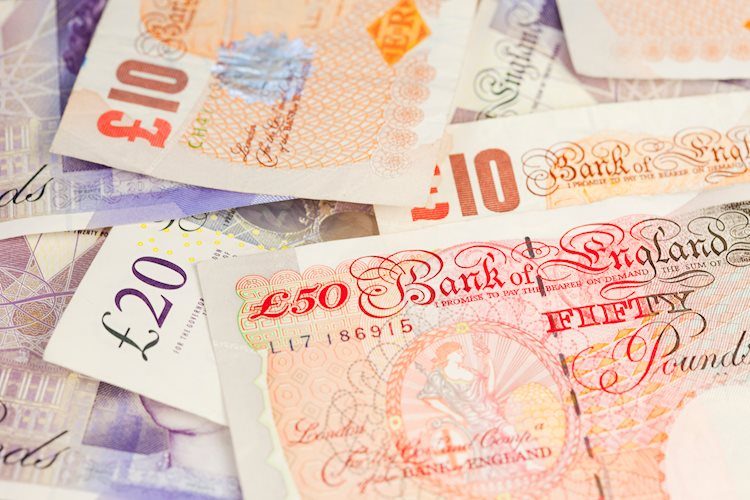The GBP/USD pair fell below 1.3300 on Tuesday due to risk-off flows as reports of Iranian missile strikes on Israel heightened fears of geopolitical conflict. The US ISM Purchasing Managers Index (PMI) figures also missed forecasts, contributing to the downward slide. The economic calendar for the Pound Sterling remains relatively quiet, with investors waiting for the Bank of England’s Monetary Policy Report Hearings. Meanwhile, on the US side, economic data leading up to Friday’s Nonfarm Payrolls (NFP) is underwhelming, with releases routinely falling short of expectations.
September’s US ISM Manufacturing PMI remained at 47.2 for the second consecutive month, below the expected 47.5. ISM Manufacturing Prices Paid also fell to 48.3, entering contractionary territory. JOLTS Job Openings in August rose to 8.04 million, but the decline in the ISM Manufacturing Employment Index suggests that job openings may not translate into new hires. Geopolitical tensions in the Middle East have also grabbed investor attention following Iran’s missile strike on Israel in response to a recent invasion of Lebanon by Israel.
The Pound Sterling (GBP) is the oldest currency in the world and the official currency of the United Kingdom. It is the fourth most traded currency in the world and is issued by the Bank of England. The value of the Pound Sterling is largely influenced by the monetary policy decisions of the Bank of England, which focuses on maintaining price stability. Adjustments in interest rates play a crucial role in achieving this goal. Economic indicators such as GDP, PMIs, employment data, and the Trade Balance also impact the value of the GBP.
Data releases that measure the health of the economy can have a direct effect on the value of the Pound Sterling. A strong economy attracts foreign investment and may lead to an increase in interest rates, strengthening the GBP. Conversely, weak economic data can cause the Pound Sterling to depreciate. The Trade Balance, which measures the difference between a country’s exports and imports, also influences the value of the GBP. A positive Trade Balance strengthens the currency, while a negative balance weakens it. Overall, economic data releases and geopolitical tensions are key factors driving the GBP/USD pair.











